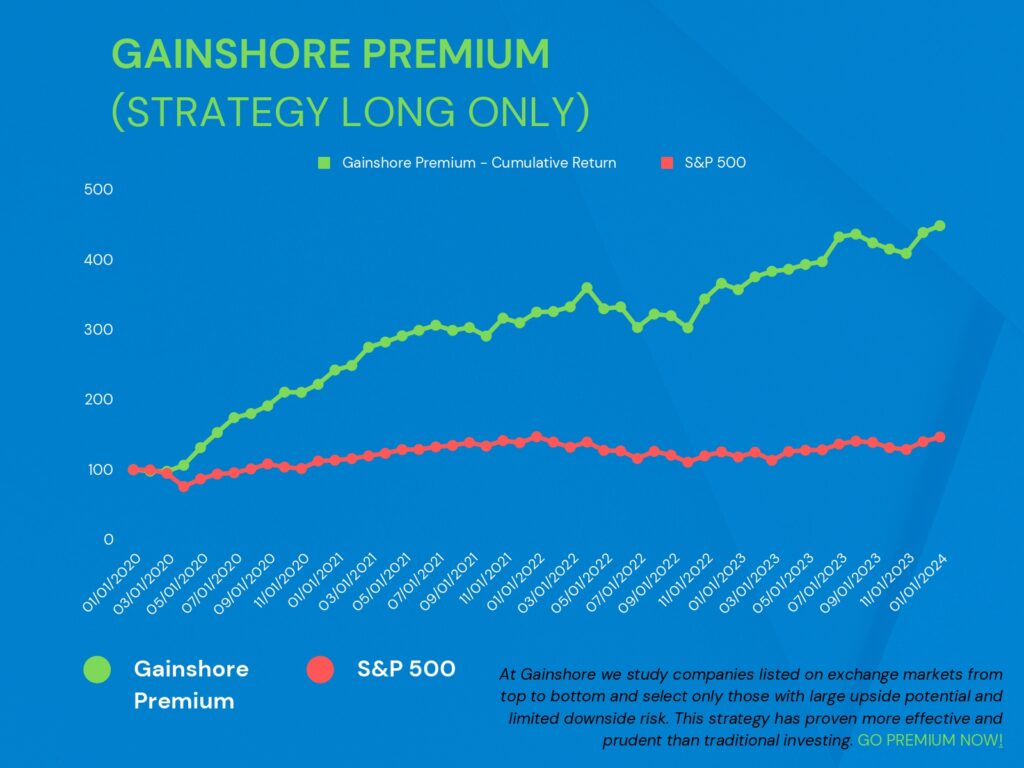BASIC INVESTMENT GOALS
SAFETY
It is said that there is no such thing as a completely safe and secure investment. But you can get pretty close. Investing in government-issued securities in stable economic systems is one. U.S.-issued bonds remain the gold standard. You have to envision the collapse of the US government to worry about losing your investment in them.
Next in safety are the highest credit-rated (AAA) corporate bonds issued by large, stable companies. Since some of these companies are even more robust than entire country systems, such securities are arguably the best means of preserving your principal while receiving a pre-set interest rate. The risks are similar to those of government bonds. You’d have to imagine IBM or Apple going bankrupt to worry about losing money investing in their bonds.
Extremely safe investments also are found in the money market, dealing securities such as Treasury bills (T-bills), certificates of deposit (CDs), commercial paper, or bankers’ acceptance slips.
Nonetheless, safety comes at a price. The returns of these financial instruments are very modest compared to the potential returns of riskier investments. So those who choose the safest investments may be giving up significant gains; this is called “opportunity risk.”
There also is always, to some extent, interest rate risk (see BONDS section). Moreover, you could have tied your money up in a bond that pays a 2% return when general inflation was 1% and watched as inflation rose to 3%; you have just lost money in terms of real spending power.
INCOME
Investors whose main focus is to receive regular income should be looking for assets that offer steady streams of payments.
This may be the priority of retirees who want to generate a stable source of income while keeping up with inflation or the prerogative of people who like having their investment profits credited into their accounts on a regular basis.
Income investing provides liquidity and reduces risk since profits (bond coupons or stock dividends) are distributed and thus do not add up to increase the principal.
Government and corporate bonds may be in the mix, and an income investor may go beyond the safest AAA-rated choices and go longer than a short-term Certificate of Deposit.
The ratings are assigned by a rating agency that evaluates the financial stability of the company or government issuing the bond. Bonds rated at A or AA are slightly riskier than AAA bonds but offer a higher rate of return. BBB-rated bonds carry a medium risk but more income; Under BBB- you enter high-risk territory.
Income investors may also buy preferred stock* or common stocks that historically pay good dividends. The so-called dividend stars are established companies that may not grow in leaps and bounds but pay steady dividends year after year.
*Preferred shares give holders a right of priority over ordinary shareholders when distributing profits and redeeming capital when the company is wound up.
CAPITAL GROWTH
Capital growth is achieved by holding and selling an asset at a profit, realizing a capital gain. Stocks are capital assets. Barring dividend payments, their owners must cash them in to realize gains.
There are many other capital growth assets, from diamonds to real estate. What they all share is some degree of risk to the investor. Selling lower than the price paid is referred to as a capital loss.
Blue-chip stocks are generally considered the best of the bunch, as many offer reasonable safety, modest income from dividends, and potential for capital growth over the long term.
Growth stocks are for individuals who can tolerate some ups and downs. These are the fast-growing young companies that may grow up to be Amazons. Or they might crash spectacularly.
In many jurisdictions, profits on stocks offer the advantage of a lower tax rate if held for a year or more. This is because earnings from stock sales are taxed at the capital gains rate, which is usually lower than the income tax rates paid by most.

Investment Goals: Balancing Safety, Income And Growth
For most investors, the answer does not lie in a single choice between safety, income, or growth. Instead, the best option is a mix of all three that meets your needs.
And remember, that changes over time. Your appetite for capital gains may be highest when you’re at the start of your career and can withstand a lot of risk. Then, as you approach retirement, you might prioritize holding onto that nest egg and dial down the risk. At any stage, your portfolio will probably reflect one pre-eminent objective, with all other potential goals carrying less weight in the overall scheme.
Why It Is Important To Invest
The term ‘investing’ means to put money away into an asset for some time, hoping that the value of that asset increases over time so that you could make a profit once sold in the future. An asset is a term used by investors to describe anything of value or resource which can help make money in the long or short term. It’s worth mentioning again that your assets’ value can fall and rise.
Investing means setting some of your money aside for the future and putting it to work for you. When you invest, you’re buying into something you believe will increase in value over time.
Investing is a great way to help you achieve your financial goals, no matter what they may be. Whether that’s retiring early, saving for a wedding, or even if you just want some extra cash in your pocket in the future.
Here are some of the main reasons people should invest:
- BUILDING UP CASH ISN’T ENOUGH
Are you often shocked at the bill when you fill up with petrol or do your weekly shop? Yes, the cost of living is increasing and will continue to increase – it is the law of modern economics. Buying the same amount of stuff is becoming more expensive over the long term. The low interest rates offered by banks are not enough to beat inflation which at the moment is, in some countries, at 40 years high. - YOUR MONEY CAN MULTIPLY IN THE LONG RUN
How that works in practice: Let’s say you invest $200 every month for ten years and earn a 6% average annual return. At the end of the 10 years, you’ll have $33,300. Of that amount, $24,200 is money you’ve contributed — those $200 monthly contributions — and $9,100 is interest you’ve earned on your investment.
Of course, there will be ups and downs in the stock market, but investing young means you have decades to ride them out — and decades for your money to grow. So start now, even if you have to start small. - THE POWER OF COMPOUND INTEREST
This is what Einstein called the “eighth wonder of the world”.
Imagine a snowball rolling down a snowy hill. The longer it rolls down the hill, the more snow it captures, and the bigger it gets. And the bigger it gets, the larger the surface area it has to catch even more snow.
Now replace the snow with money. The longer you give an investment to grow, the better. You have your original investment plus the return you make each year, and that, in turn, will earn interest.
Effectively, the interest earns interest, so your money grows faster – the “snowball” effect.
10 Investment Goals To Aim For
- Buying a home
- Having children
- Rainy day fund
- Retirement
- Raising your family
- Getting married
- Support a charity
- Starting a business
- A career break
- Leave an inheritance







